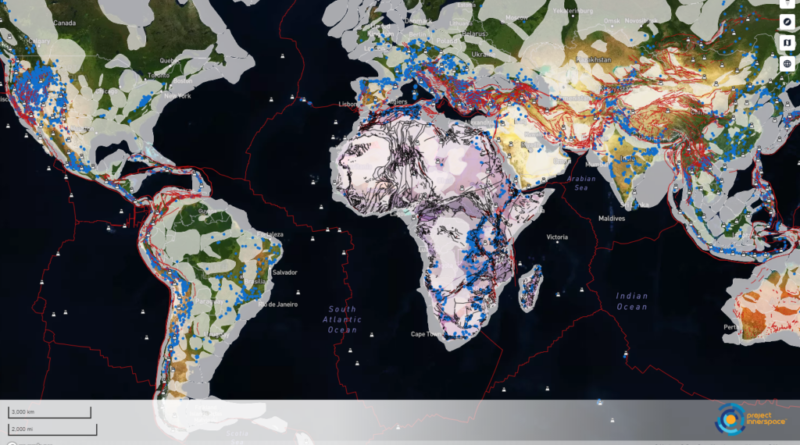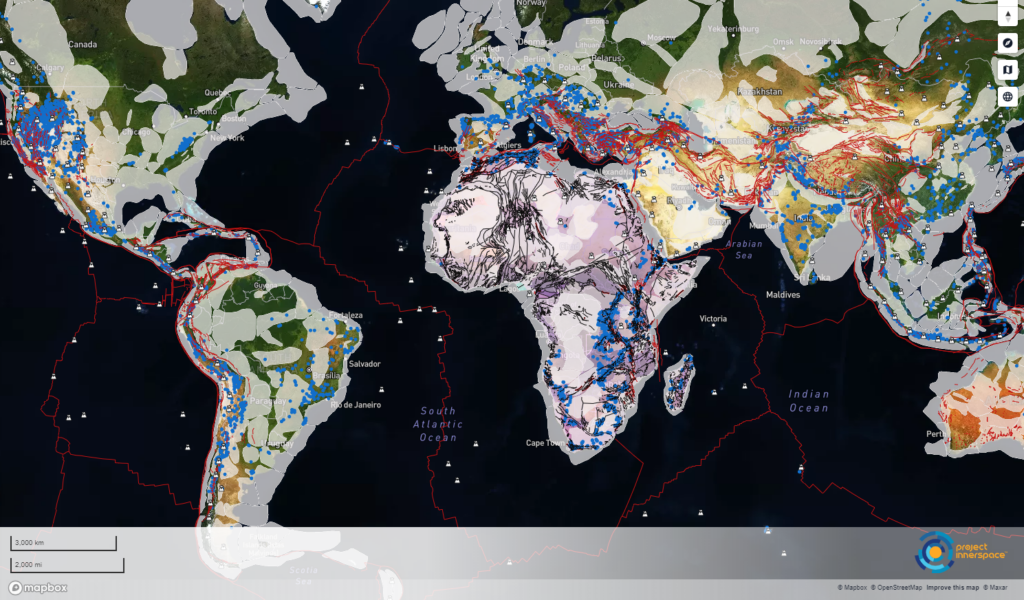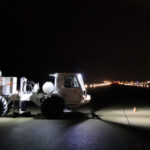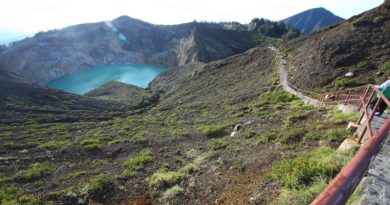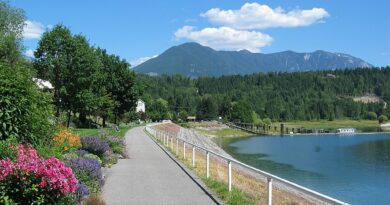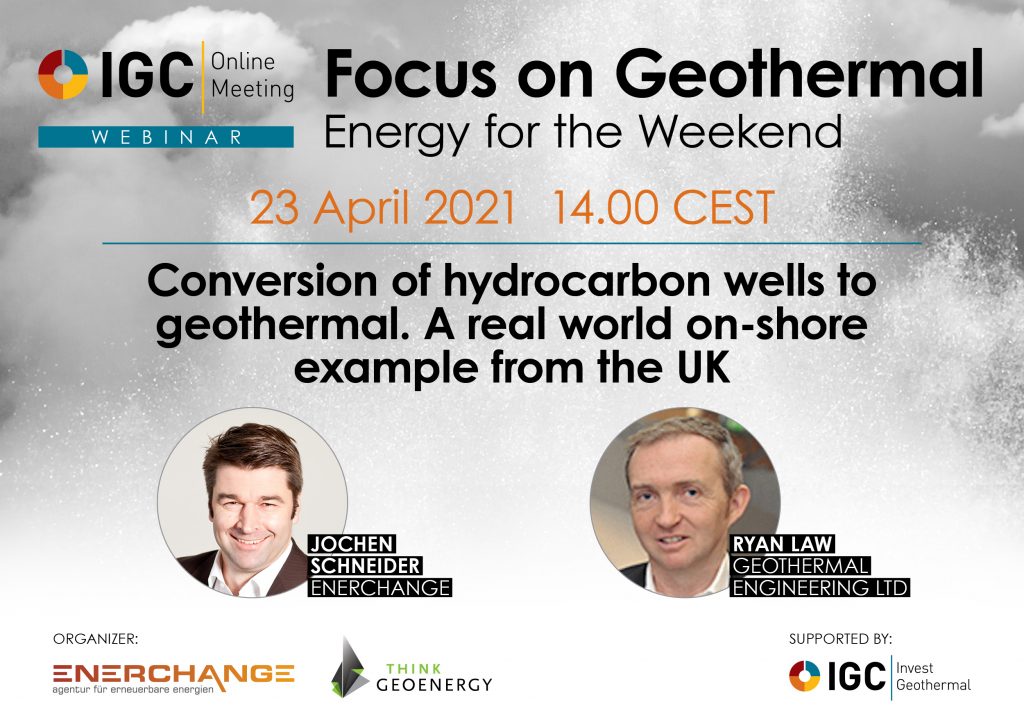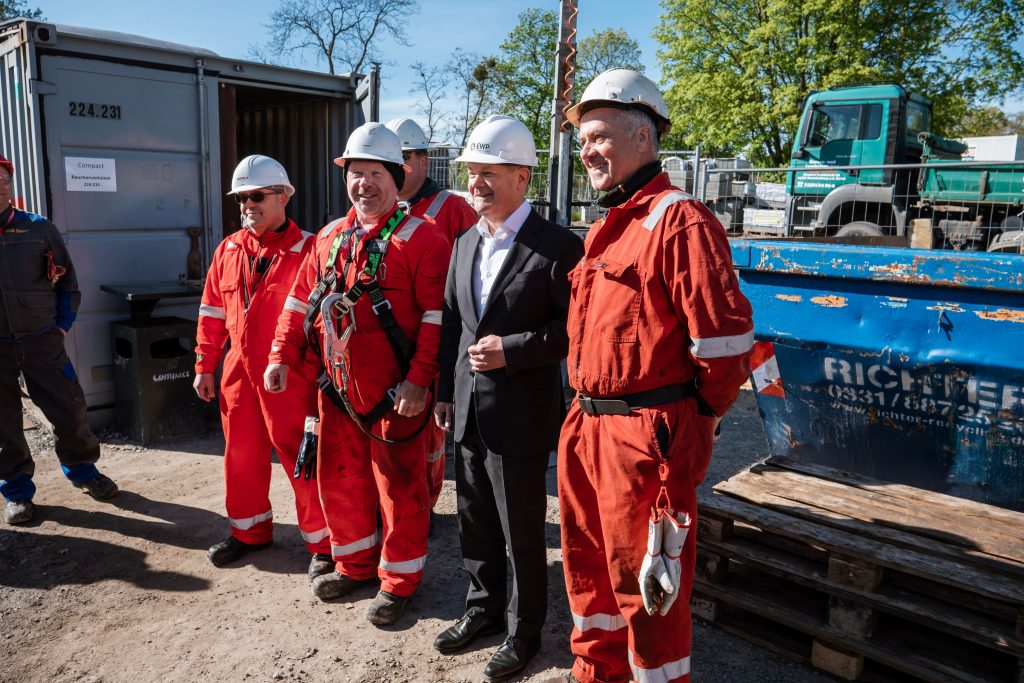Project InnerSpace launches GeoMap Beta geothermal exploration tool
Energy Disrupter
Project Innerspace has launched GeoMap, a global geothermal prospecting tool integrating massive research and development work done with Google.
Project InnerSpace has announced the Beta launch of its Geothermal Exploration Opportunities Map (“GeoMap™”), a first of its kind geothermal exploration tool developed through a partnership with Google that the entities announced in September. GeoMap™ is focused on expanding the use and adoption of geothermal energy worldwide.
The launch of GeoMap™ Beta is taking place at the 28th Conference of the Parties to the UN Framework Convention on Climate Change (“COP28“) Climate Innovation Forum in Dubai, UAE.
GeoMap™ Beta features the African continent as its first case study for launch, with increasing resolution as the user zooms in on the country of Nigeria, and the metropolis of Lagos.
Africa as a showcase of geothermal prospecting
“A fundamental driver behind GeoMap™ is to showcase underestimated and untapped geothermal potential, especially in regions where new and cleaner energy sources are desperately needed,” said Helen Doran, Lead Geologist at Project InnerSpace. “By demonstrating our capabilities on the African continent, a high growth and population dense region of the world that is one of the world’s most challenging with regard to energy data access and availability, we are positioning ourselves to move quickly in geographies that have more accessible and robust sources of data for future launches.”
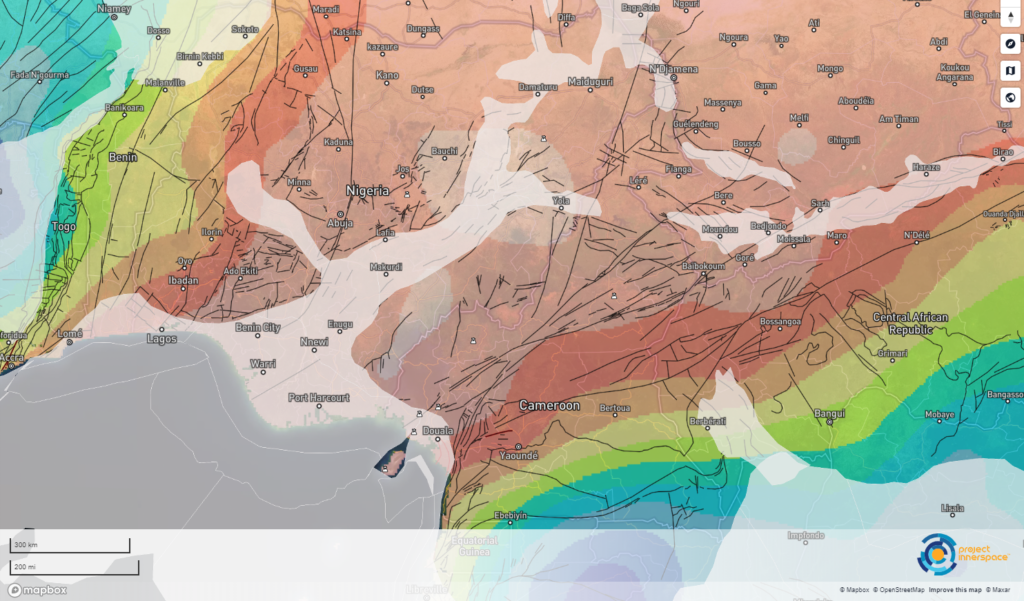
Additional continents and high resolution case studies focused on the world’s largest population centers will be released on the GeoMap™ tool over the next 12-24 months, with the goal of inclusion of all continents and the world’s top 100 population centers within 36 months.
The novel approach that GeoMap™ uses to incorporate and cross reference dozens of surface and subsurface datasets into one analysis has resulted in some exciting outcomes that bode well for the future of geothermal energy.
“As we worked with the data, we recognised that sedimentary basins positioned on thin lithosphere are attractive targets. This combination makes Nigeria an excellent potential location for geothermal energy development” said Doran. “As a testament to the power of the collective data and analysis of GeoMap™, this is a region of the world that had been largely overlooked as a geothermal development prospect in prior work.”
A massive collaboration effort
The collaboration between Project InnerSpace and Google on GeoMap™ unites the subsurface expertise and R&D portfolio of InnerSpace, a non-profit organization focused on removing barriers to the growth and development of geothermal energy globally, and the data and software capabilities of Google, a global technology leader working to operate its data centers and office campuses on 24/7 carbon-free energy by 2030 and accelerate the decarbonization of global energy systems. Behind this collaboration is a research portfolio of 80+ researchers working on behalf of Project InnerSpace, along with Google engineers.
“It has been awesome to watch the InnerSpace and Google teams build together over the past months a tool that will throw the doors wide open in our collective understanding of the opportunity geothermal energy offers the world”, said Jamie Beard, Executive Director at Project InnerSpace. “I am so excited to see what we can achieve together to support the growth of geothermal energy as we expand Beta to include additional continents over the coming months.”
“The transition to a clean energy future will require new sources of firm, clean power to complement variable renewables like wind and solar,” said Savannah Goodman, Data and Software Climate Solutions Lead, Google. “We are excited about the role that geothermal technology can play in generating the 24/7 carbon-free energy that’s needed to decarbonize the global energy system, and we are thrilled to build on our partnership with Project Innerspace to enable the development of new geothermal resources around the world.”
Source: Project InnerSpace via PRWeb

